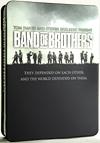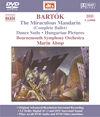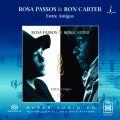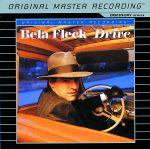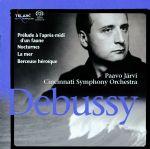|
Oct 08, 2013 |
|
Oct 01, 2013 |
|
Apr 05, 2006 |
|
Dec 02, 2005 |
|
Oct 04, 2005 |
|
Oct 04, 2005 |
|
Oct 28, 2005 |
First Published: Aug 28, 2005 |
|
Aug 26, 2005 |
|
Aug 04, 2005 |
|
Jan 11, 2006 |
First Published: Jul 11, 2005 |
|
Jan 11, 2006 |
First Published: Jul 11, 2005 |










